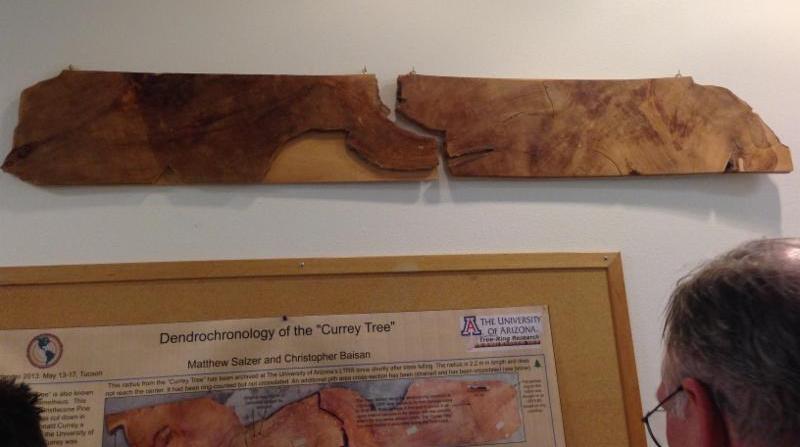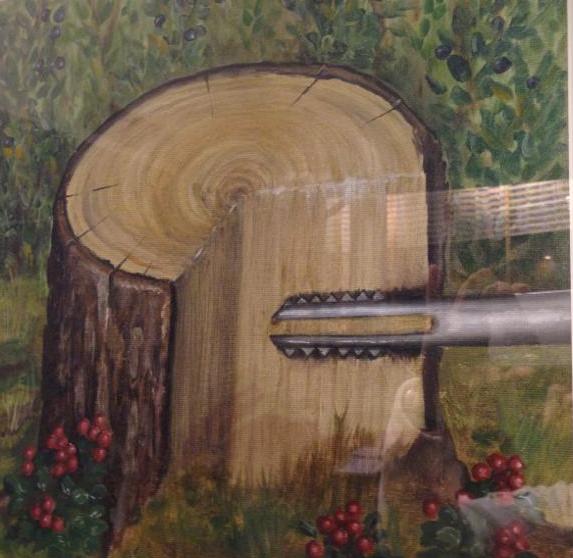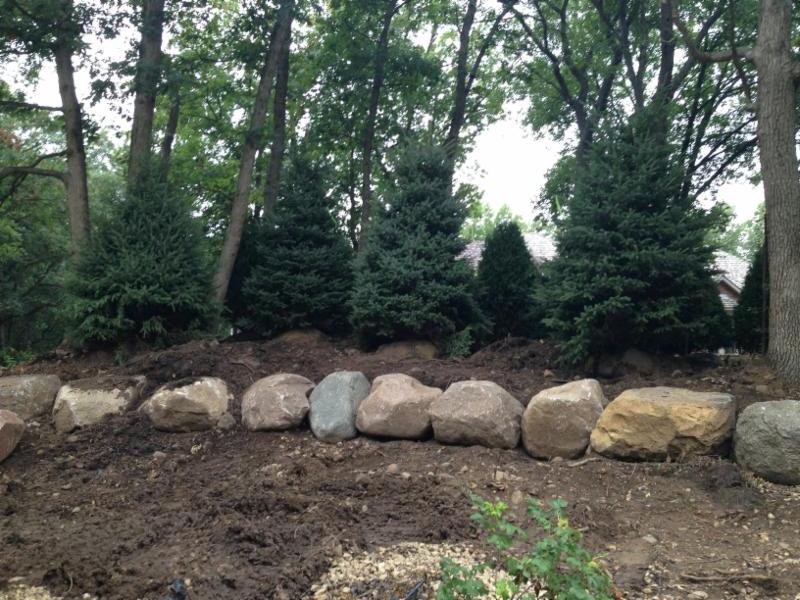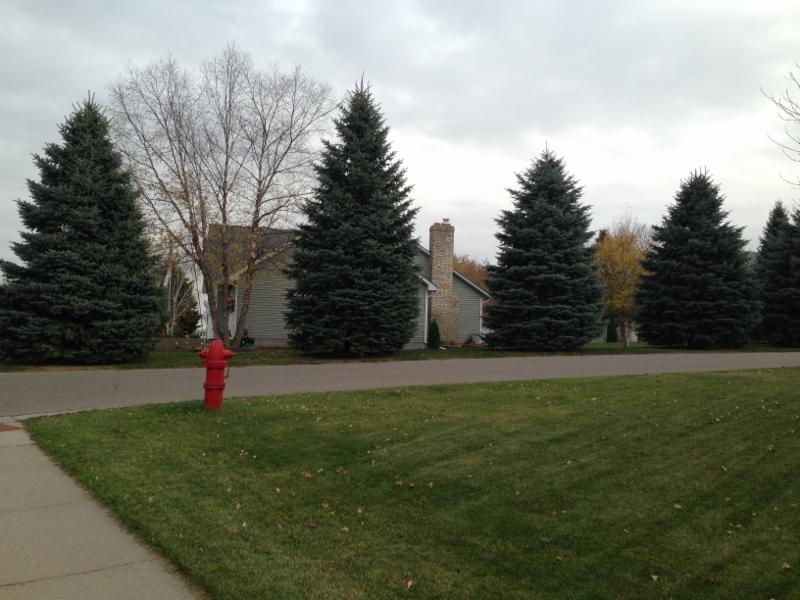Salt and Pepper Chicken

1 (3 ½ - pound) whole chicken, patted dry
2 ½ tsp kosher salt
2 tsp black pepper
Small bunch mixed herbs, such as rosemary, thyme and sage
Season the chicken inside and out with salt and pepper mix. If you have time, refrigerate the chicken, uncovered, for an hour or overnight.
Heat oven to 450. Place chicken breast-side up in a roasting pan.
Stuff cavity with herbs and tie the legs together with kitchen twine (dental floss also works).
Roast 50 minutes, then baste with pan juices. Continue roasting 5- 10 minutes longer. Let stand 10 minutes before carving.
|
|
|

|
|

Branching Out
with Faith Appelquist
Questions, suggestions or comments are welcome.
Contact Faith
at (612) 618-5244
or by email
|

Prometheus
In 1964 Donald Currey, a 30-year old graduate student, was studying the Little Ice Age and Holocene-age alpine glaciers.
He was looking for particularly old trees
in eastern Nevada
from which to take core samples.
Trees are powerful recorders of a changing climate, providing long continuous records in their annual rings of temperature change over time.
He found a bristlecone pine (Pinus longaeva), fat at the base with a twisted, gnarled trunk. While taking a core sample, his boring bit snapped in the bristlecone's dense wood. In an effort to retrieve the specially ordered increment borer, Mr. Currey promptly cut the tree down.
Only days later, when Currey individually counted each of the tree's rings, did he realize the gravity of his act. The tree had lived at least 4,900 years. He had cut down the oldest living tree ever discovered, perhaps the oldest living organism on the planet.
The scientific community and press called Currey a 'murderer' and were outraged that the tree was killed. He stopped doing research on trees and instead studied salt flats. Currey died in 2004 at the age of 70, rarely giving interviews or talking about the incident. Currey's mistake ultimately provided the impetus to establish Great Basin National Park to protect the bristlecones.
The Currey Tree is also known as HPN114 or Prometheus.
According to Greek mythology, Prometheus stole the knowledge of fire from the gods to give to humans. As eternal punishment by Zeus, Prometheus was chained to a rock and condemned to have his liver ripped out and eaten every day by an eagle. (His liver magically grew back, in case you were wondering.) The ethos of the titan Prometheus is one of willing and necessary sacrifice for life's sake, as the sacrifice of the bristlecone imparted much knowledge to humans.
Chances are good that there are other, older, bristlecones in the Methuselah grove where Prometheus was found. Their whereabouts have purposely been keep a secret to prevent their destruction.

A cross section of the Currey Tree on display at the
Laboratory of Tree-Ring Research, University of Arizona.

Trees were typically dated using core samples taken with a hollow threaded bore screwed into a tree's trunk. No larger than a soda straw, these cores then received surface preparations in a lab to make them easier to read under a microscope.
|
|
Homeowners are often faced with a tough reality regarding the mature size of their evergreen trees. The once petite darling now overhangs the sidewalk, blocks the door, trespasses on the neighbor's lawn, shades the garden, and hits the fence. Pruning conifers only makes matters worse, as the tree becomes disfigured and a maintenance headache.
I find this problem to be especially troublesome to homeowners who have planted trees in small yards. Colorado blue spruce saplings may appear dwarfed by a 40' x 30' yard, but in 10 years they will have grown approximately 15 feet; in 20 years they will have grown over 30 feet, and in 30 years they can reach nearly 50 feet tall. And once that spruce reaches maturity, its canopy will be approximately 20 - 25 feet in diameter. White pine can grow 100 feet tall and have a 40 foot diameter. So, why do we let it happen?
Why we let overcrowding happen is that we purchase most trees when they're relatively small and our new yard has plenty of space available. Why be content to plant just a few, when there is space for a dozen or more? We want to fill the yard and create a special, private space, and a buffer to the neighbor. And for many, the sooner the better.
Most conifers require full sun on all sides for proper growth and development and don't tolerate shade, even from each other. Once crowding sets in, the health of those trees is also in jeopardy. Space conifers apart at their mature canopy spread, which is listed on the nursery tag. And if you want to have a privacy buffer fast, there are many narrow, columnar choices available that can be planted very close together.

Don't place conifers in an established deciduous landscape.

Don't place conifers too close together. The result is a bunch of Christmas trees on "telephone poles." This is often done to make a green screen, but years later the exact opposite results.

An overgrown conifer was removed leaving an ugly,
malformed mess in the wake.

Brown needles in the center indicate disease progression
from overcrowding.

With proper spacing from the outset, trees are healthy, long-lived
and enhance property values.
|
Thanks for reading. Happy Planting!
Faith Faith Appelquist President & Founder 
|
|
| |
|